As palaeontologists, we understand the desire to bring ancient animals back to life. It could answer so many questions about these enigmatic creatures: How did they behave? How did they grow? And what colour were they? Indeed, what could possibly go wrong? Surely if we kept these animals in a pen on an island without a scheming thief unlocking all the gates on a stormy night, we would all be safe.
Humans often seem to act with little regard for their environment. We have seen the consequences borne out in the rapid extinction of animals and plants in countries where humans are the newly introduced species – the exotic invaders. Even when humanity and their natural environment are apparently in harmony, new arrivals with different cultural practices can throw the whole system back into turmoil. We only seem to understand the consequences of our actions in hindsight, and sometimes not even then.
De-extinction could be seen as a path for redemption, to ease us of our guilt. We can finally bring back long-dead fauna and flora that we had a hand in wiping out. But to what end? It is our belief that we should only resurrect species that still have niches available to them in ecosystems that are struggling in their absence. This is not a new idea. With all the recent hype around resurrecting woolly mammoths, Beth Shapiro, author of How to Clone a Mammoth (Princeton University Press, 2015) was quoted as saying, “I probably should have called the book, How One Might Go About Cloning a Mammoth (Should It Become Technically Possible, And If It Were, In Fact, a Good Idea, Which It's Probably Not)” (Callaway, 2015). We agree, and wonder if these resources are likely better spent protecting the environment we do have, and repairing the environmental damage we’ve done, and are currently doing.
While as palaeontologists we can explore ancient environments, we may never know for certain exactly how a species behaved. For example, footprints left behind by modern birds engaging in mating displays may indicate that certain repetitive patterns of movements were used, and we might be able to hypothesise that these animals were engaged in mating behaviours. But we wouldn’t know just from those prints what their wings were doing, or what their call sounded like. That said, if we brought these animals back would they even behave like their ancient counterparts, if born of the lab and raised by humans?
De-extinction may be an interesting and worthwhile thought experiment, and it may even raise awareness of the plight of modern endangered species, but for now we are safe from the island of dinosaurs, and even the dodo.
References
Callaway, E. 2015. Mammoth genomes provide recipe for creating Arctic elephants. Nature News, 1st May 2015. http://www.nature.com/news/mammoth-genomes-provide-recipe-for-creating-arctic-elephants-1.17462. Accessed 6th May 2015.
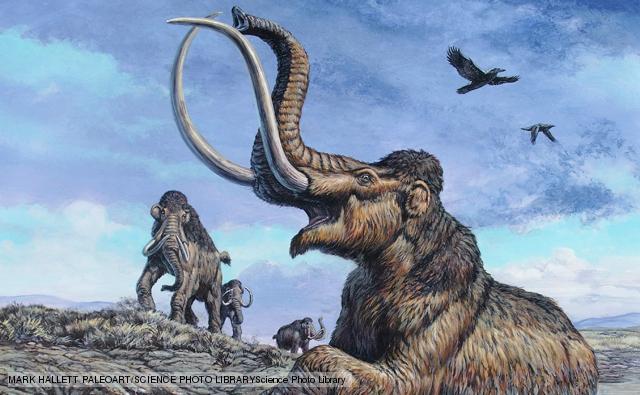
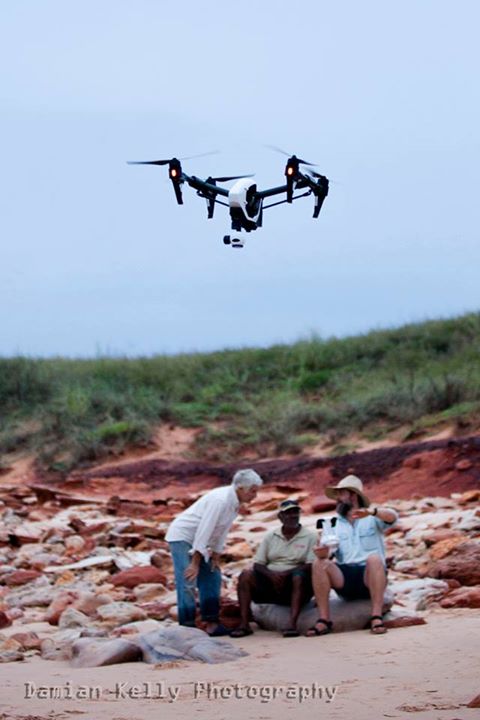
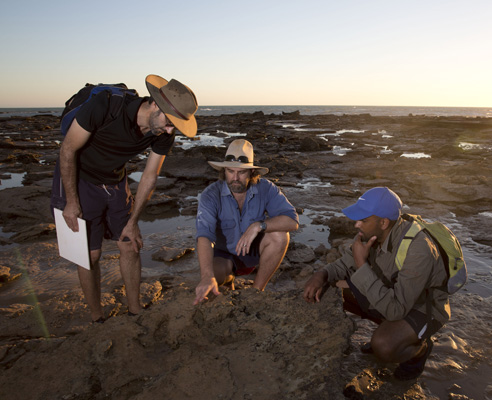


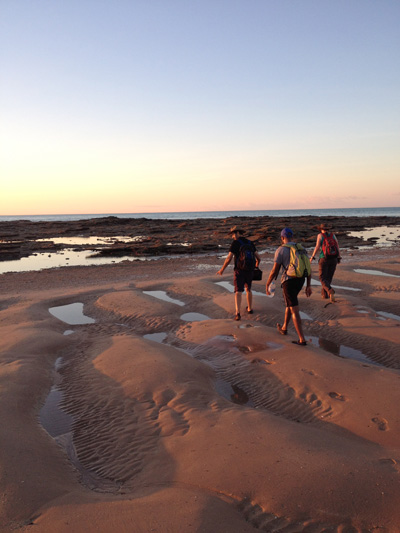
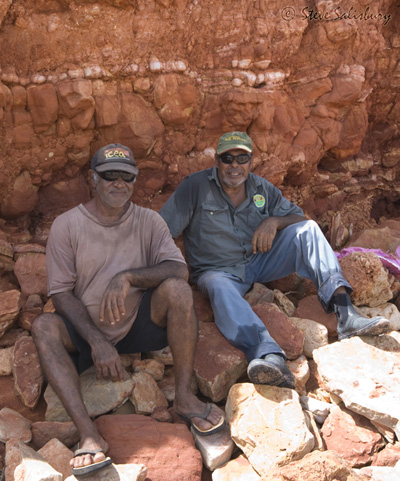
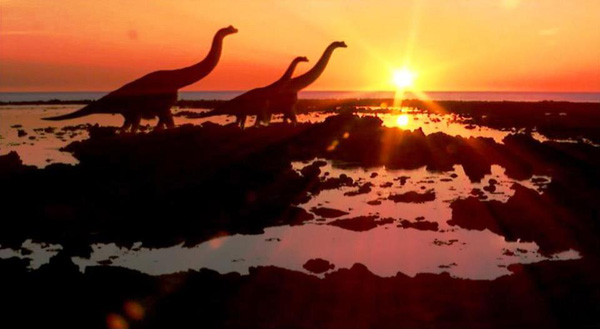
 RSS Feed
RSS Feed
